Equipment
Ping G425 irons: Smaller and faster for 2021
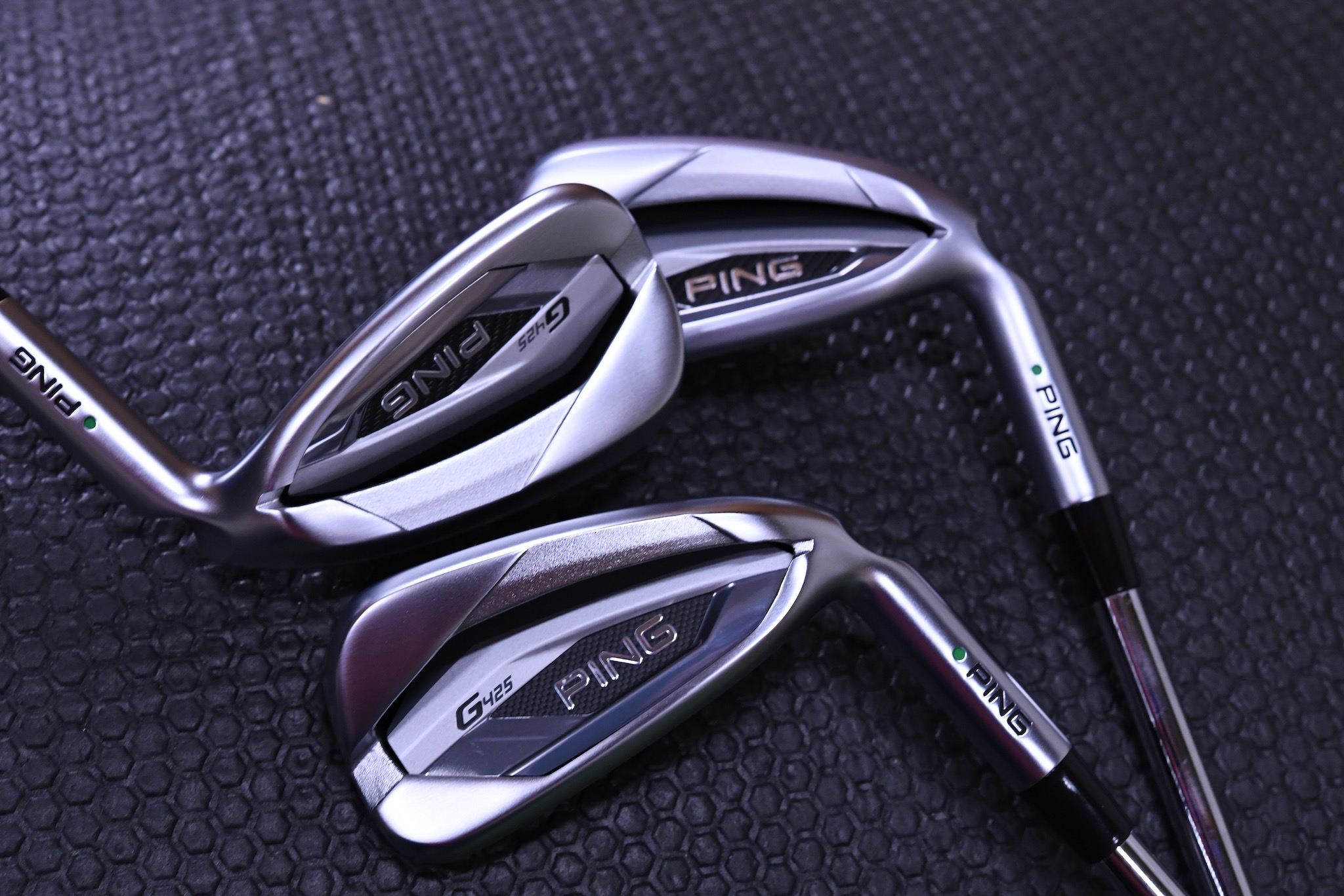
If you looked up “forgiving irons” in the golf dictionary (not a real thing, but it should be), you would be greeted with pictures of Ping G Series irons. Since the initial launch of the G2 in 2003, Ping has continually innovated and improved its most popular and best-selling iron family, and the company is doing it again with the all-new Ping G425.
The new 2021 G425 iron builds off the success of the G410 by packing more forgiveness into a smaller package designed to not just shout from the rooftops about distance but give golfers the ability to reduce dispersions and land the ball softer into greens. An iron that goes longer isn’t very helpful if the golfer using them cant hold a green with anything over an 8-iron, and the engineers at Ping have added some very interesting technology to the G425 irons to accomplish just that.
2021 Ping G425 irons: Technologies
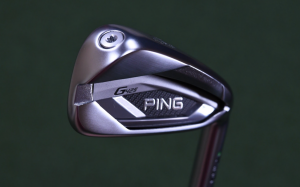
The most important new element of the G425 irons is the new metal wood style VFT (variable face thickness), used to increase ball speed, consistency, and launch. The new VFT is possible thanks to the Hyper 17-4 stainless steel material, which allows engineers to go thinner while still maintaining structural integrity and feel.
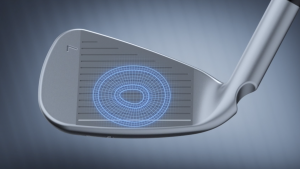
The most interesting aspect which separates the new VFT from the previous generation Cor-Eye technology is it is not symmetrical and is instead a more sideways egg-shaped oval. The reason for this new geometry is based on optimizing and equalizing speeds around the face to deliver better results from club to club. This allows the G425 iron to have more face deflection than Ping has ever been able to create with a cast design. When you add in the new face with an improved hinge (notice the small notch on the toe to also increase deflection) you get a diving board-like effect to send the ball higher to stop sooner.
G425 forgiveness and feel
Like the G410 from the G400, the G425 irons have gotten smaller yet more forgiving, thanks to smart engineering from the team at Ping. The weight saved from around the body has been positioned to the far heel and toe thanks to the visible tugsten weight screw in the toe and in the hosel using a tip weight.
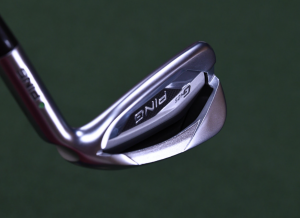
Let me explain: Every iron on the market utilizes a tip weight, either inserted into the shaft or into a port in the bottom of the hosel. (We’re about to go deep into the weeds from a design standpoint, but stick with me). There is 100 percent nothing wrong with OEMs using tip weights to achieve desired swing weight, but when you use them you move the CG closer to the hosel/heel side of the club—not on a humanly noticeable level but certainly from a definite engineering perspective.
This is why Ping has always placed the CTP (Custom Tuning Port) in the middle of the clubhead, behind the CG. But the custom tuning ports have been replaced with better-performing, thinner badges to increase MOI while still producing a soft feeling iron. Less weight in the middle of the head allows more mass to be positioned around the perimeter, and boom—an iron with a three percent higher MOI in a smaller package.
Going from distance to precision, Ping utilizes the same machining and groove geometry of the Glide 3.0 wedge in the G425 wedges from pitching wedge to lob wedge to offer “G” golfers the same short game control and accuracy in their matching wedges.
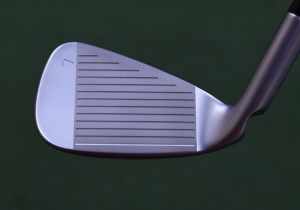
This is not new, but it’s a unique option to be found in the game improvement category, where matching wedges are usually a bit of an afterthought in the design process.
Specs, pricing, and availability
The Ping G425 irons will be available for pre-sale starting today and will be available at retail starting February 4, priced at $137.50 each in a stock steel configuration and $150 in graphite.
G425 Specs
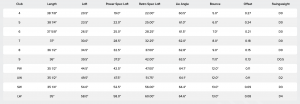
Shafts
The stock shaft options for the Ping G425 irons are the proprietary steel AWT 2.0, and ALTA CB slate in graphite. There are also a number of other no charge, and upcharge option available including Nippon 105 and True Temper Dynamic Gold 120.

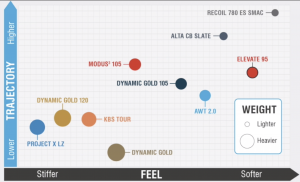
Like the rest of the Ping G425 line, the irons will come stock with PING X Arccos GP lite Caddie Smart Grip, which features an embedded sensor to record and analyze every shot taken during a round when paired with the Arccos Caddie app. With the purchase of a G425 club, golfers will get a 90-day free trial of the app, and then the option of a $99.99 annual subscription.
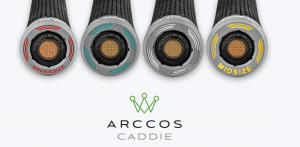
Golf Pride 360 Tour Velvet/Arccos Caddie Smart Grip is available in Aqua (-1/64″) undersized, White -standard, and Gold (+1/32″) oversized.
- LIKE179
- LEGIT12
- WOW8
- LOL1
- IDHT2
- FLOP2
- OB2
- SHANK5
Whats in the Bag
Collin Morikawa WITB 2024 (July)

Driver: TaylorMade Qi10 LS (9 degrees)
Shaft: Mitsubishi Diamana D+ Limited 60 TX (45 inches)
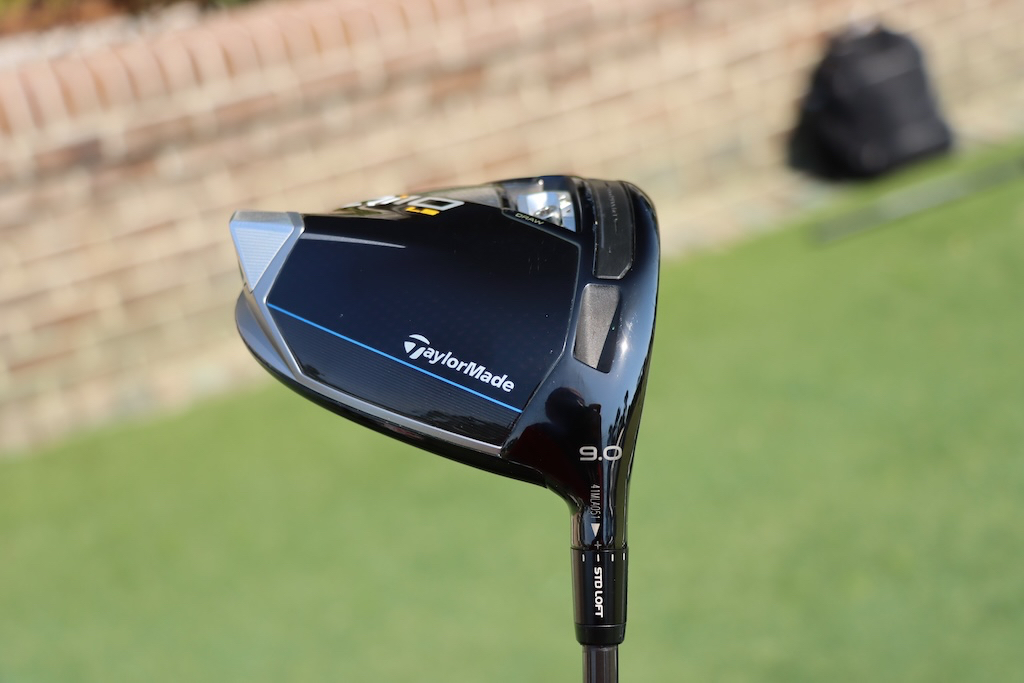
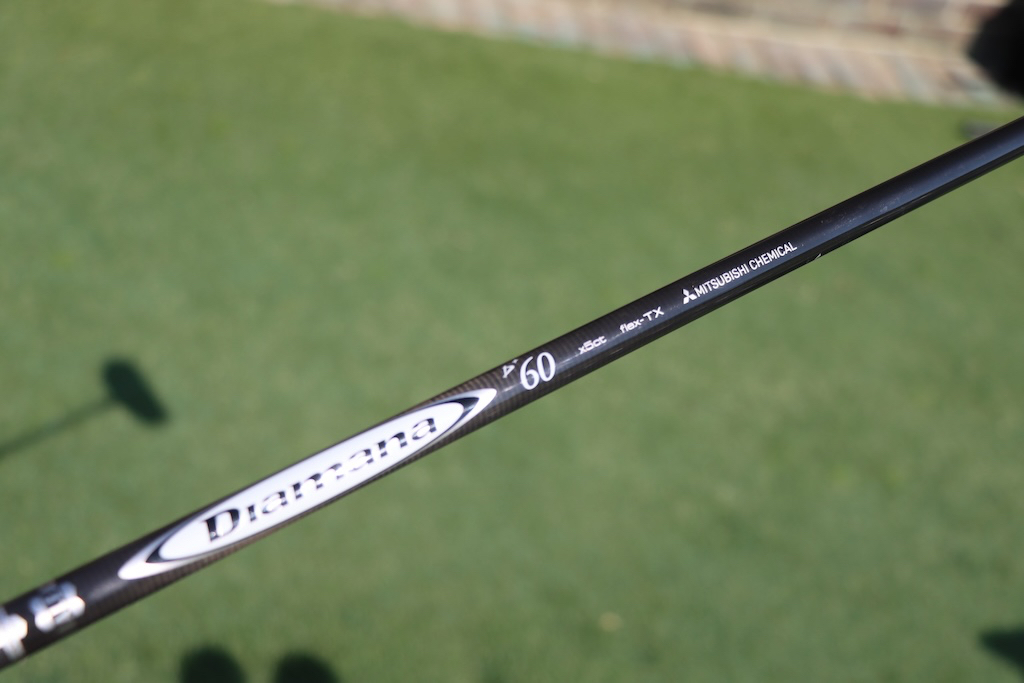
3-wood: TaylorMade SIM TI (14 degrees)
Shaft: Mitsubishi Diamana D+ Limited 80 TX
5-wood: TaylorMade Qi10 (18 degrees)
Shaft: Mitsubishi Diamana D+ Limited 80 TX
Irons: TaylorMade P-Series Proto (4), P7CB (5-PW)
Shafts: True Temper Dynamic Gold Tour Issue Mid 115 X100 (4), True Temper Dynamic Gold Tour Issue X100 (5-PW)
Wedges: TaylorMade MG4 (50-SB09, 56-LB08), TaylorMade MG4 TW (60-SBC)
Shafts: True Temper Dynamic Gold Tour Issue S400
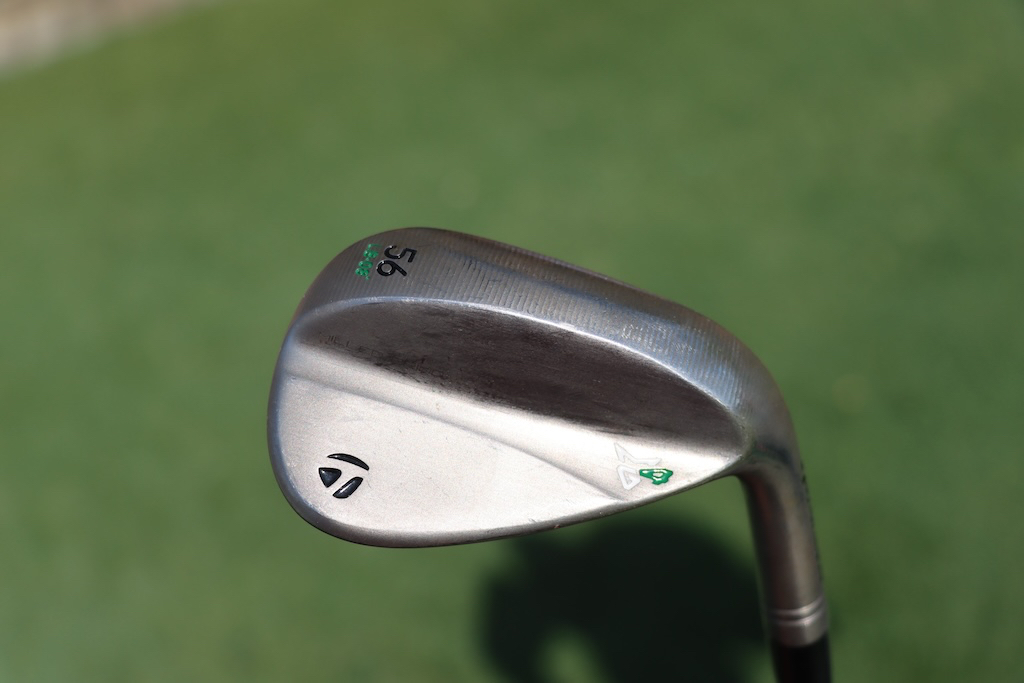
Putter: TaylorMade TP Soto
Grip: SuperStroke Zenergy Tour 2.0
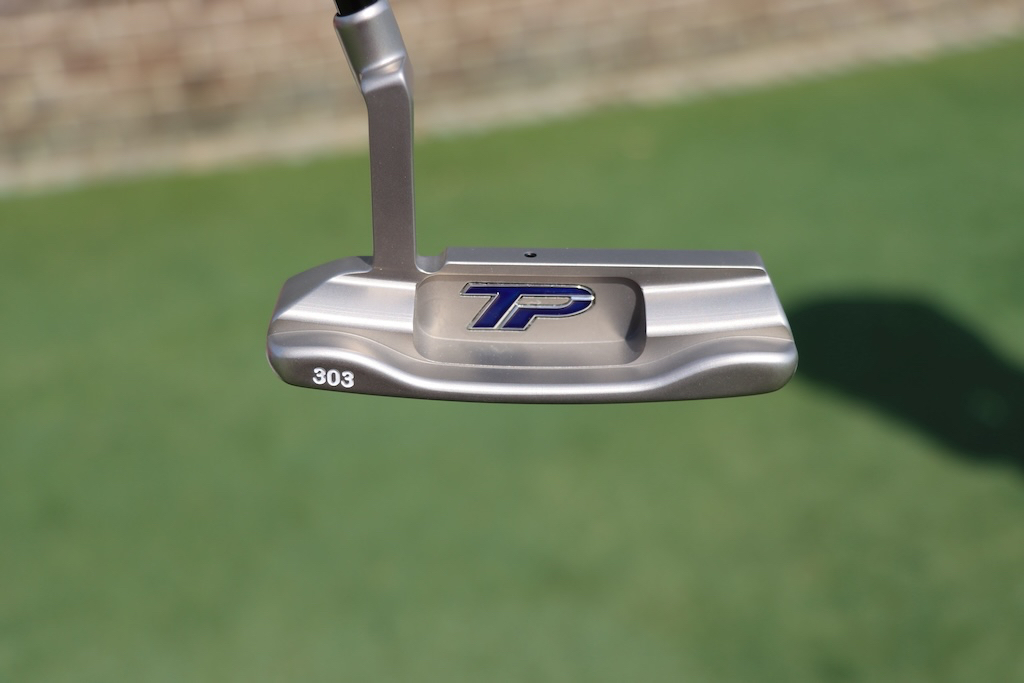
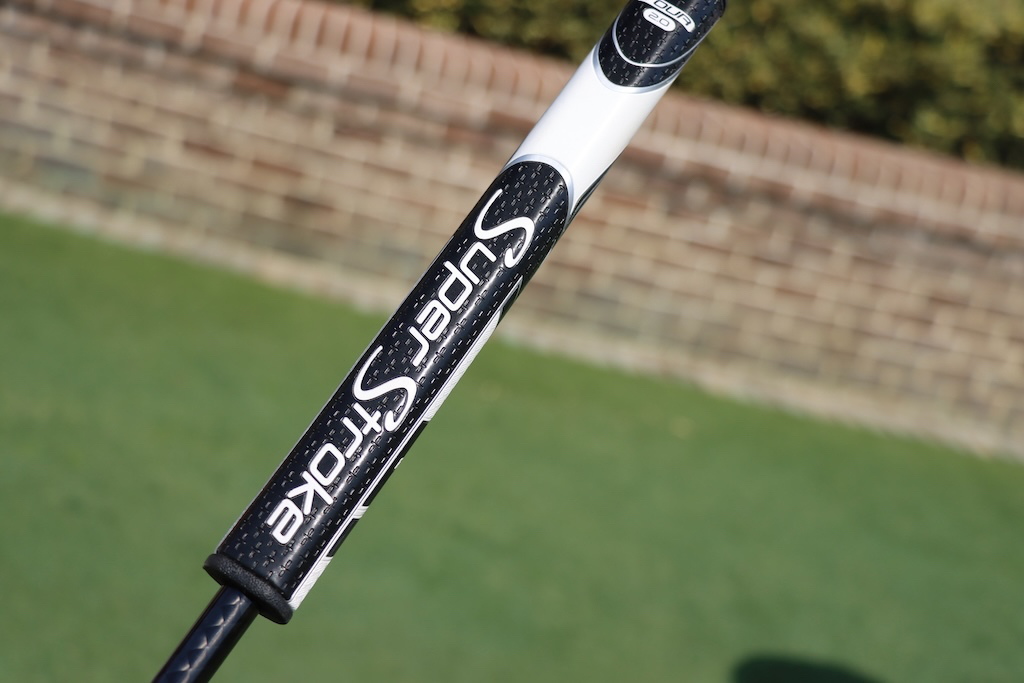
Grips: Golf Pride Z-Grip Cord
Ball: TaylorMade TP5x
- LIKE0
- LEGIT0
- WOW0
- LOL0
- IDHT0
- FLOP0
- OB0
- SHANK0
Whats in the Bag
Wyndham Clark WITB 2024 (July)

- Wyndham Clark what’s in the bag accurate as of the AT&T Pebble Beach Pro-Am.
Driver: Titleist GT3 (10 degrees)
Shaft: Project X HZRDUS Smoke Green 60 6.5 TX
3-wood: TaylorMade Qi10 (15 degrees)
Shaft: Project X HZRDUS Smoke Black RDX 80 TX
Irons: Mizuno Pro Fli-Hi, Titleist 620 CB (4-9)
Shafts: Mitsubishi Tensei AV Raw White 100HY X (3), True Temper Dynamic Gold X7 (4-9)
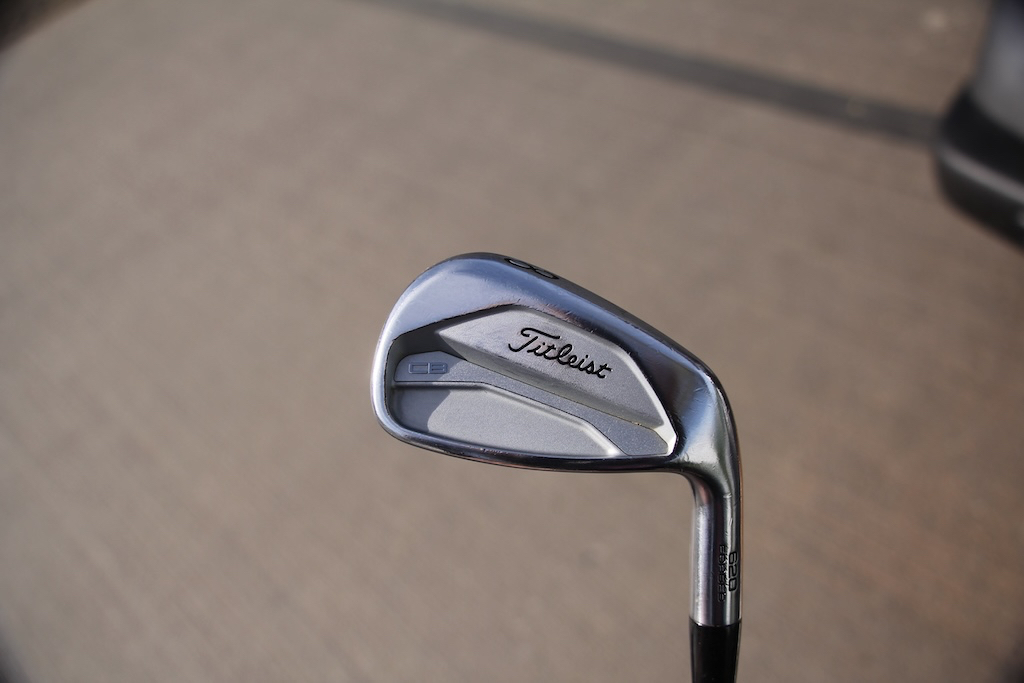
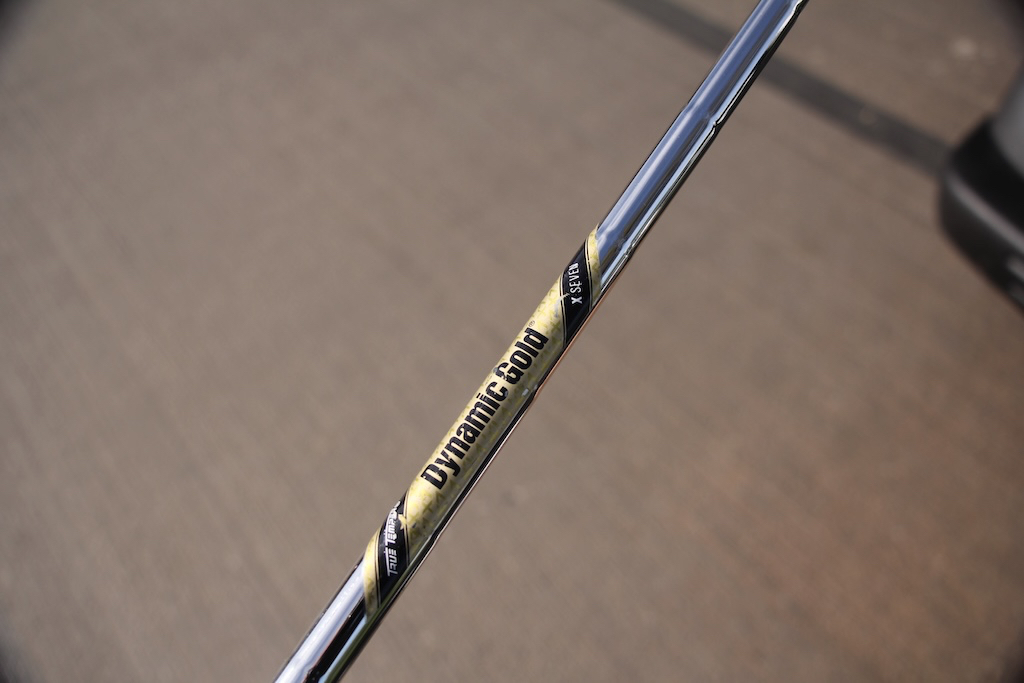
Wedges: Titleist Vokey Design SM10 (P, G, S), Vokey Design WedgeWorks (60-A)
Shafts: True Temper Dynamic Gold Tour Issue S400
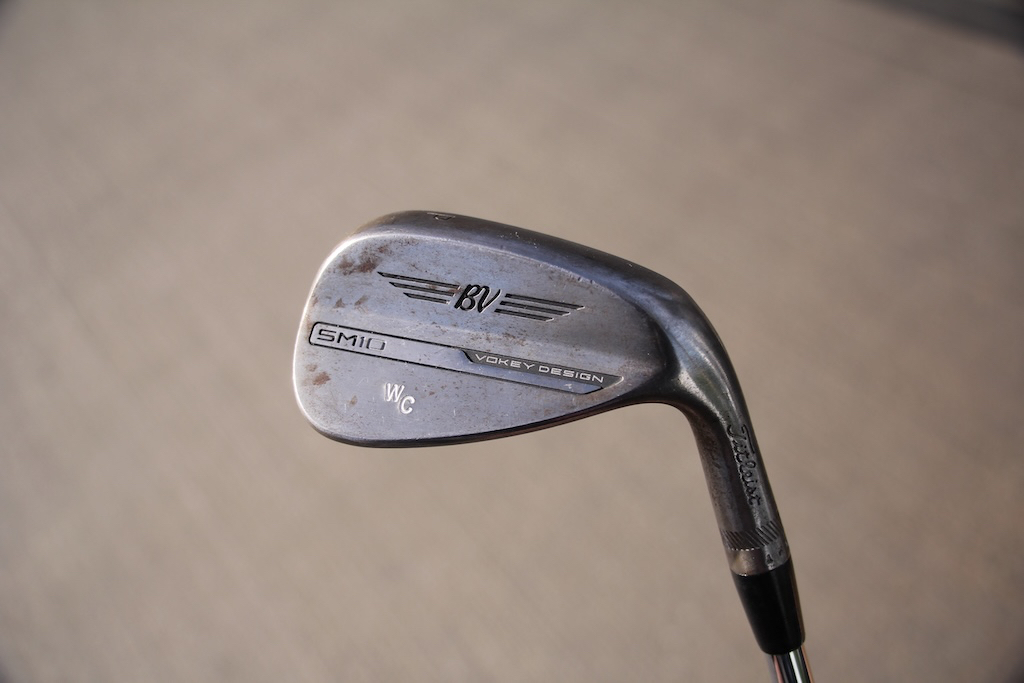
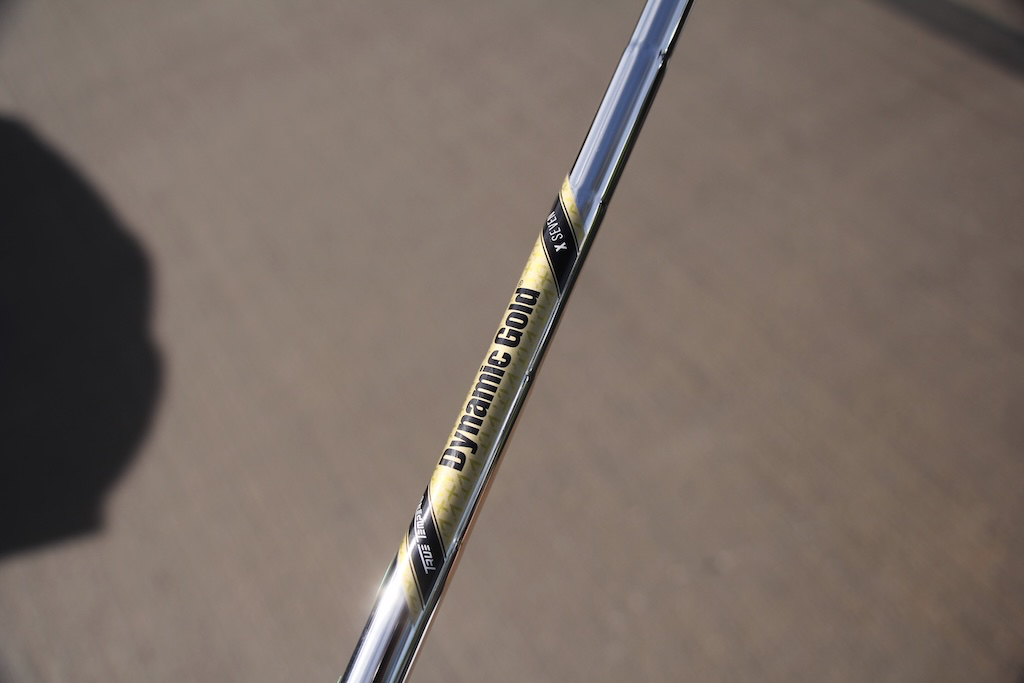

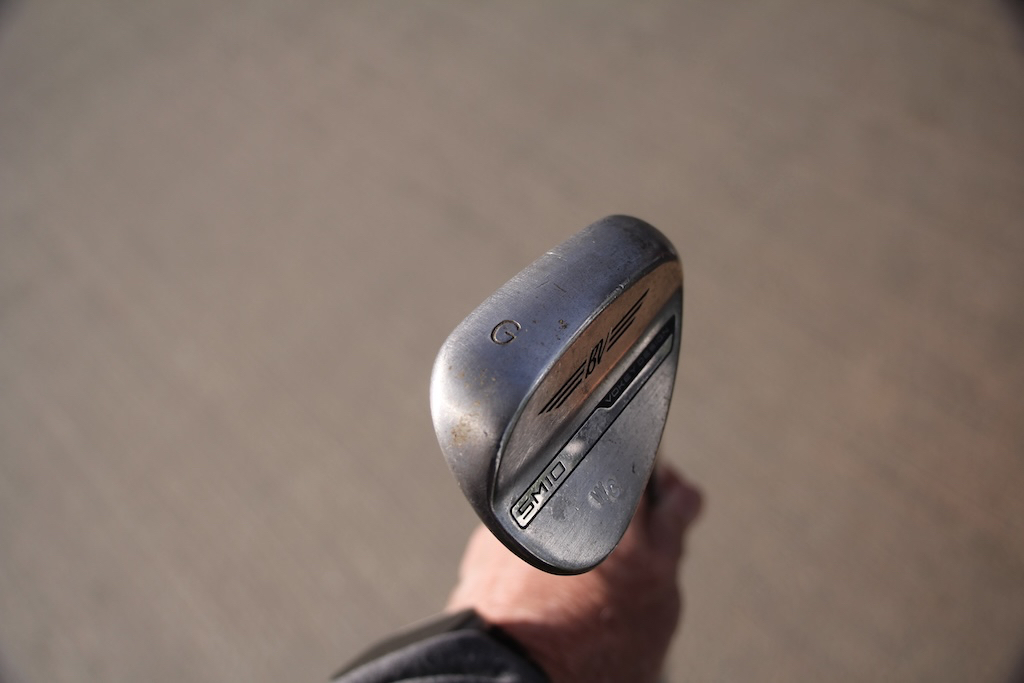

Putter: Odyssey AI-One Jailbird
Grip: SuperStroke Zenergy
Grips: Golf Pride Tour Velvet Cord
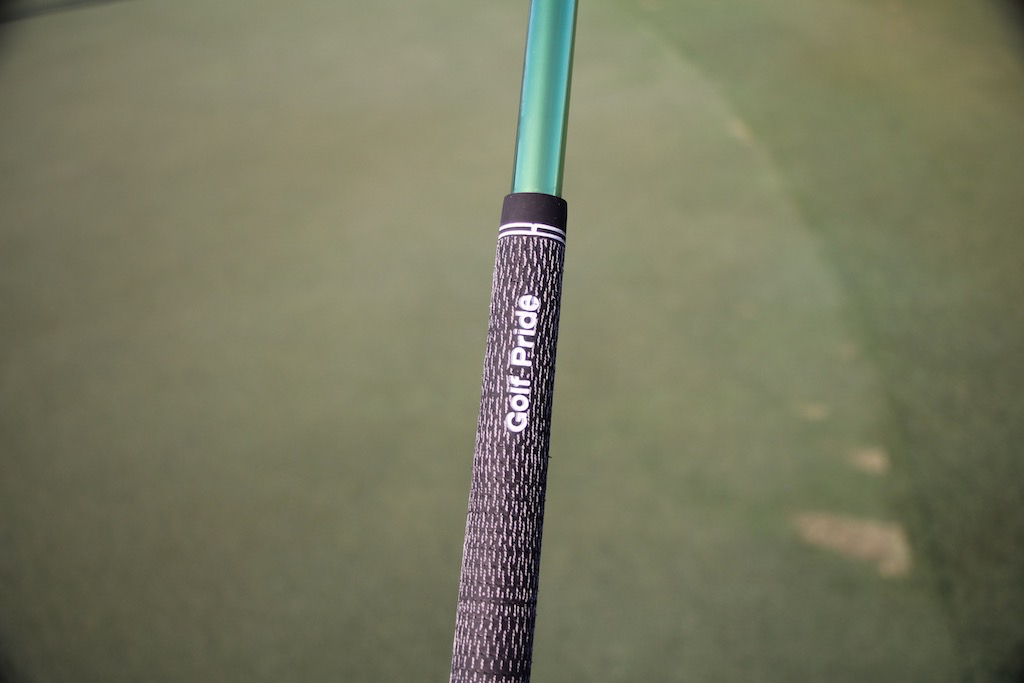
Ball: Titleist Pro V1x
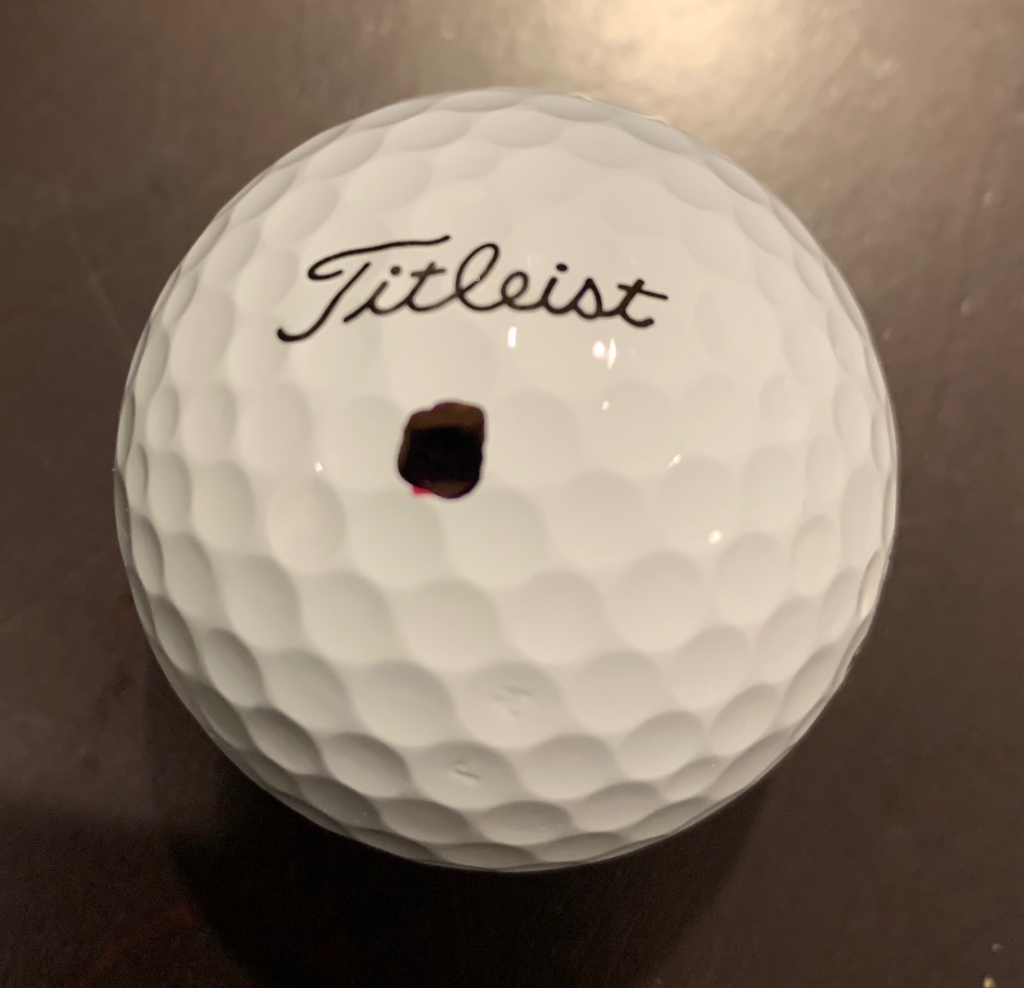
More photos of Wyndham Clark’s WITB in the forums.
- LIKE0
- LEGIT0
- WOW0
- LOL0
- IDHT0
- FLOP0
- OB0
- SHANK0
Product Reviews
Fujikura 2024 Ventus Black, Ventus Red review – Club Junkie Reviews

About the 2024 Ventus: Fujikura has big shoes to fill with the 2024 Ventus shaft lineup as the previous shafts were deemed iconic by most. VeloCore Plus is the technology that will set the new Ventus lineup apart and we saw its debut earlier this year in the 2024 Ventus Blue shaft.
Now it is Ventus Black and Ventus Red’s turn with VeloCore Plus to round out the lineup. VeloCore Plus is the shafts bias core that is made up of different layers, and types, of carbon fiber sheets. This core is built around stability of the club head to ensure it can help deliver center contact more often while adding ball speed. The 2024 Ventus line is now complete with Red for mid/high launch, Blue for players seeking mid-launch, and Black for low launch.

Look & Feel
Out of the box, the Ventus Black and Red match their Blue sibling with a new matte finish to their paint. Black has a simple matte black finish that almost looks charcoal grey in the sunlight. Red is a little more of a drastic change with a deeper hue. I would consider the new Ventus Red’s paint a maroon color that has some nice depth with the matte finish. Out in the sunlight, both shafts look great and don’t transmit any glare from the sun. The classic Ventus graphics are present up near the grip and the Ventus text is now a silver outline near the center. While everything seems new with the 2024 Ventus line, they are easily identified as Ventus shafts.

Feel is such a subjective thing to describe, but both of the new Ventus shafts have good feel to them. For me, the new Black and Red shafts have a slightly stouter feel to them through the swing. The Ventus Black is definitely a stiff profile that is designed for players with speed that takes a little more power to load. The great thing about Ventus Black is that you can get the low spin and launch you need without having a harsh feel and lots of vibration. At impact, you get a little less “kick” as your hands get to impact than the previous Ventus Black. Black will also feel a touch harder to turn over, taking away that feeling of losing it left.

Ventus Red has a softer and more active feel to it than Ventus Black. The handle section feels very stiff and stable while the mid and tip sections allow you to feel the flex of that shaft throughout the swing. As you start your downswing, you can feel Red flex lower down the shaft compared to Black. The softer tip section makes the shaft feel like it really is releasing energy at the point of impact and Red is a little easier to square up and hit a draw with.
Performance
I think we can all agree that the Ventus shafts released in 2018 performed exceptionally well. This new 2024 lineup leans on VelCore Plus to do even better. Ventus Black sticks to its roots as a low launch and low spin shaft. It keeps spin down no matter where you hit it on the face of the club. Typically a low heel shot ramps up the spin number but Ventus Black kept that, and other shots, spin down. Looking at launch monitor numbers, I never had a shot hit 3,000 rpm of spin, while there were a few under 2,000. Launch was also lower than Red both on the monitor as well as just looking at the window of the shot. A flat penetrating flight is what Ventus Black produced shot after shot. The starting line of my shots with Ventus Black were also a little more right of Red. Stability is key with the Black and swinging hard won’t cause the shaft to get loose and create an offline shot.

Ventus Red will offer a higher flight but without adding too much spin. I noticed almost 1.5 degrees more launch but with only around 350rpm more spin. I know people get scared of higher launching shafts, but the new Ventus Red can add some height without adding spin and losing control. While the flight isn’t as penetrating as Ventus Black, Red has not ballooned on me or shown any rise into the wind. The shaft is easier to square up and hit a draw with, but even as a drawer of the ball, I haven’t feared going left with it. For me, Red wasn’t high spinning either with shots averaging just under 2,400rpm for good and poorly struck shots. Shots that didn’t hit the center of the face stayed online well and had less curvature on them than I would have expected.

Final Thought
Fujikura had a tough job to replace the original Ventus, and I think they have done well to make an updated shaft that still shares the core Ventus DNA. You have the same three flight and spin options with a slightly tighter and stiffer feel to them. Performance is top-notch, and I don’t think anyone will be disappointed with the new shafts.
- LIKE0
- LEGIT0
- WOW0
- LOL0
- IDHT0
- FLOP0
- OB0
- SHANK0
-

 Product Reviews1 week ago
Product Reviews1 week agoThree Swing Challenge: Testing the Edel Array F-2 putter
-

 Equipment2 weeks ago
Equipment2 weeks agoWhat clubs do equipment free agents choose to use on tour? We found out
-

 19th Hole3 weeks ago
19th Hole3 weeks ago‘You’re right, we’re always wrong!’ – Sergio Garcia receives warning during Open qualifier
-

 News2 weeks ago
News2 weeks agoHighlights from the Wilson Golf Product Testing and Fitting Experience at Pinehurst
-

 News2 weeks ago
News2 weeks agoDavis Thompson’s winning WITB: 2024 John Deere Classic
-

 Equipment3 weeks ago
Equipment3 weeks agoQ&A: The truth behind Bryson DeChambeau’s new Avoda irons from company founder Thomas Bailey
-

 19th Hole2 weeks ago
19th Hole2 weeks agoMajor champ ‘disappointed’ not to be chosen as U.S. Ryder Cup captain
-

 19th Hole2 weeks ago
19th Hole2 weeks agoLIV pro explains how he believes players are ‘cheating’ on DP World Tour

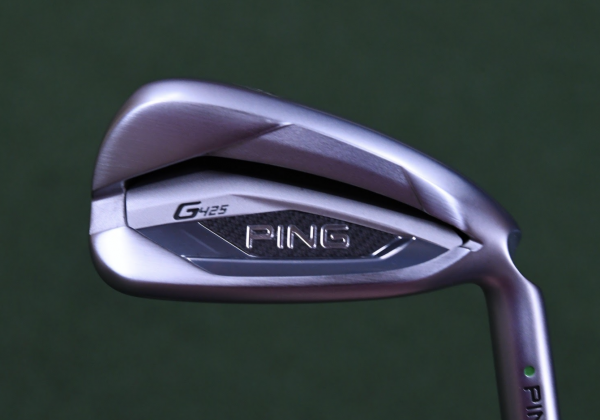
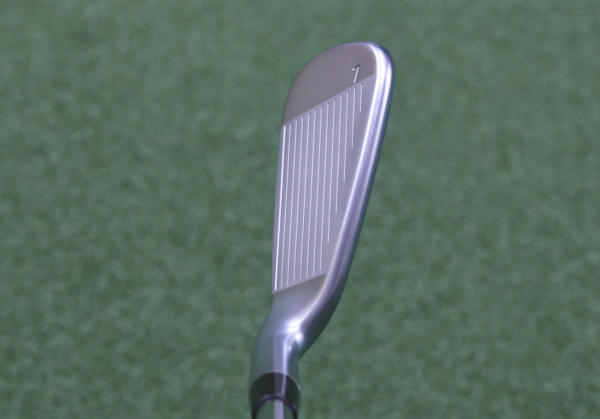


















Pingback: Best irons in golf of 2022: Pure enjoyment – GolfWRX
Pingback: Best irons in golf of 2022: Easiest to launch – GolfWRX
Pingback: Best irons in golf of 2021: Pure enjoyment – GolfWRX
Pingback: Best irons in golf of 2021: Top overall performers – GolfWRX
Kevin Ricciardelli
Jan 12, 2021 at 4:25 pm
Notice the 3 lofts for each iron – New Standard, Power Spec (jacked) and Retro Spec (old school).
Risky Plan
Jan 11, 2021 at 5:21 pm
PING has held it’s minimum 7 iron loft at 30 degrees, better than PXG at 28 degrees, but still absurd.
It’s like in Spinal Tap when Nigel Tufnel claims their amps are 1 louder because they go to “11.”
Steve C
Jan 11, 2021 at 10:27 am
Long story short…Ping has once again achieved the ultimate, newest, must have clubs for anyone truly wanting to improve their game. Of course, if I wait only a few months, I’m sure sure they will be offering a newer, more ultimate, must have club that I cant live without!
steve C
Jan 11, 2021 at 10:52 am
Also…Just last week there was an article right on this same site saying newer irons weren’t necessarily better than older irons.